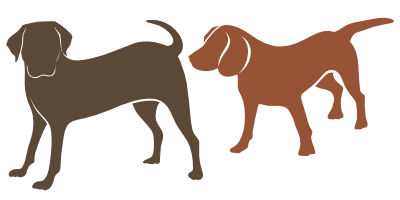
* What are Relative Clauses?
We use Relative Clauses to give additional information about something in the same sentence. By combining sentences with a relative clause, your text becomes more fluent and you can avoid repeating certain words.
* How to form Relative Clauses?
Imagine a girl is talking to Fred, your friend. You want to know who she is and you ask a friend if he knows her. You could say:
E.G. A girl is talking to Fred. Do you know the girl?
That sounds weird... doesn't it? It would be easier if you used a relative clause: you put both pieces of information into one sentence, starting with the most important thing - you want to know who the girl is:
E.G. Do you know the girl...
As your friend may not know which girl you are talking about, you need to clarify the information - the girl is talking to Fred. So, the final sentence will be:
E.G. Do you know the girl who is talking to Fred?
* Relative Pronouns
Relative Pronouns are those which are used to refer to nouns mentioned previously, whether they are people, places, things, animals, or ideas. Relative Pronouns can be used to join sentences in Relative Clauses. In the last example provided WHO is the relative pronouns replacing "the girl".
Pay attention to these relative pronouns and their use:
| relative pronoun | use | example |
|---|---|---|
| who | subject or object pronoun for people | I told you about the woman who lives next door. |
| which | subject or object pronoun for animals and things | Do you see the cat which is lying on the roof? |
| which | referring to a whole sentence | He couldn’t read which surprised me. |
| whose | possession for people animals and things | Do you know the boy whose mother is a nurse? |
| whom | object pronoun for people, especially in non-defining relative clauses (in defining relative clauses we colloquially prefer who) | I was invited by the professor whom I met at the conference. |
| that | subject or object pronoun for people, animals and things in defining relative clauses (who or which are also possible) | I don’t like the table that stands in the kitchen. |
* Subject and Object Pronouns
Subject and object pronouns cannot be distinguished easily: who, which, thar are used both for subject and object pronouns.
Subject pronouns refer to the subject of the sentence. They are always followed by a verb.
E.G. The pencil which is lying on the table is mine.
Object pronouns refer to the object of the sentence. They are not followed by a verb but by a noun or a pronoun.
E.G. The pencil which John lay on the table is mine.
Object pronouns can be dropped in defining relative clauses, which are then called Contact Clauses.
E.G. The pencil (which) John lay on the table is mine.
* Defining and Non-defining Relative Clauses
Defining Relative Clauses give information which cannot be left out because it provides important information about the subject.
E.G. Do you know the girl who is talking to Fred?
Non-defining Relative Clauses give extra information. This is separated from the main sentence by commas.
E.G. Fred, who is talking to that girl, is my friend.
And now...
Click on the following exercises below and check if you have understood relative clauses:

















